The nine DnD alignments measure a character’s morality and lawfulness. Lawfulness represents how likely a character is to follow the rules of the society they belong to. Meanwhile, morality defines how selfish or selfless your character is (or, in more black-and-white terms, good or evil). This guide explains each of the Dungeons and Dragons alignments in detail, and it can help you choose the perfect one for your next character.
Previous editions of D&D had alignments baked into their very mechanics. Certain DnD classes and DnD races were tied to specific alignments, and your alignment impacted the weapons, spells, and gods you could interact with. Fifth edition has made alignments more flexible, and nowadays they’re more of a roleplaying tool. That makes them no less useful to understand, though – so read on.
Here’s all you need to know about Dungeons and Dragons alignments:
- D&D alignment chart
- Lawful good
- Chaotic good
- Neutral good
- Lawful neutral
- Chaotic neutral
- True neutral
- Lawful evil
- Chaotic evil
- Neutral evil
- What’s the rarest DnD alignment?
- D&D alignment test
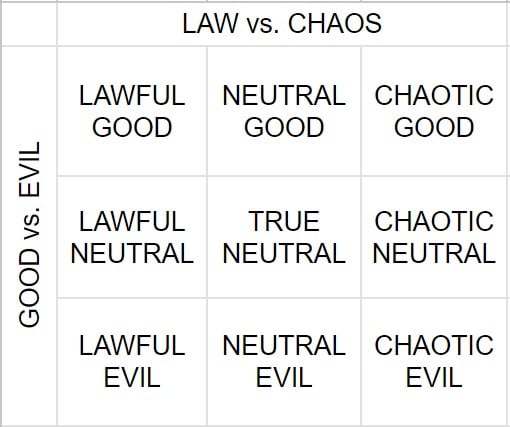
D&D alignment chart
The D&D alignment chart shows where each alignment lands on two scales – law vs chaos and good vs evil. Above, you’ll see your possible alignment options.
Good vs evil
Good characters care about other people, will try to help those in need, and are often self-sacrificing. In contrast, evil characters prioritize their own wellbeing, and will often perform actions that benefit themselves even if (or sometimes especially if) it causes harm to other people.
Lawful vs chaotic
Lawful characters are naturally rule-abiding, and typically work within the rules of society to achieve their aims. They will hold concepts of honor or tradition in high esteem, respect authority figures, and keep a promise.
Chaotic characters, on the other hand, listen to their conscience over what society tells them to do, valuing a personal code over whatever may be written down on paper. They may seem rebellious, and they tend to be more flexible than lawful characters. They’ll value personal freedoms highly, and won’t care about rank or title.
Neutral
Some characters like to sit on the fence, and this is when the word ‘neutral’ tends to sneak into their DnD alignment. To be neutral, a character must not feel particularly strongly about matters like law, chaos, good, or evil – or perhaps instead, they believe the world needs a bit of all of them.
With those features explained, let’s look at each of the DnD alignments in detail.
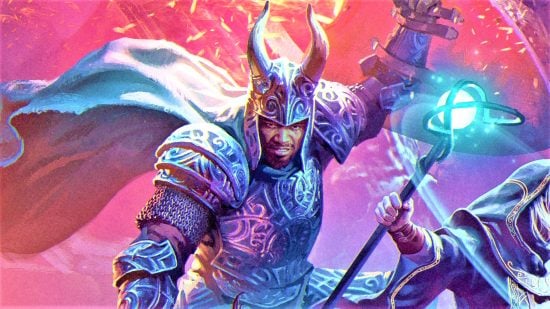
Lawful good
A character with a lawful good alignment will try to do what is right based on what society expects from them. They’ll follow the rules, and work within the system to achieve benevolent goals, assisting those in need and fighting evil wherever it lurks. Lawful Good characters tend to be the most well-liked by NPCs, who can be sure that a lawful good party will not only rid them of nearby monsters, but obey local laws while doing so.
Lawful good characters might worship the following gods:

Chaotic good
Chaotic good characters try to do what is right, but on their own terms, not those set by society. As a result, they may end up breaking rules in an effort to do right. They’ll have benevolent intentions but will follow their own consciences first and foremost. Chaotic good and lawful good characters will often disagree on the best solution to a problem.
Chaotic good gods include:
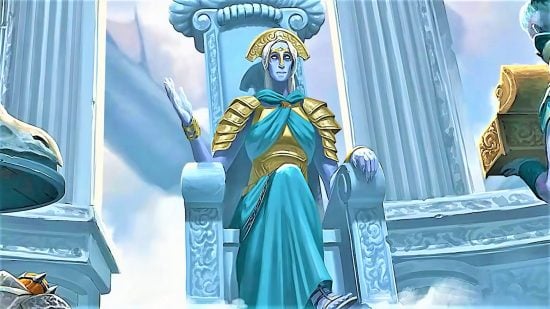
Neutral good
Not overtly rebellious or rule-abiding, a neutral good character chooses the course of action which does the most good possible. Characters with a neutral good alignment are not particularly attached to order or chaos, but they do love being nice. They’ll often follow the rules simply because this causes the least friction, but will not be especially hesitant to break those rules if they think a better outcome will be achieved by doing so.
A neutral good character might worship these gods:
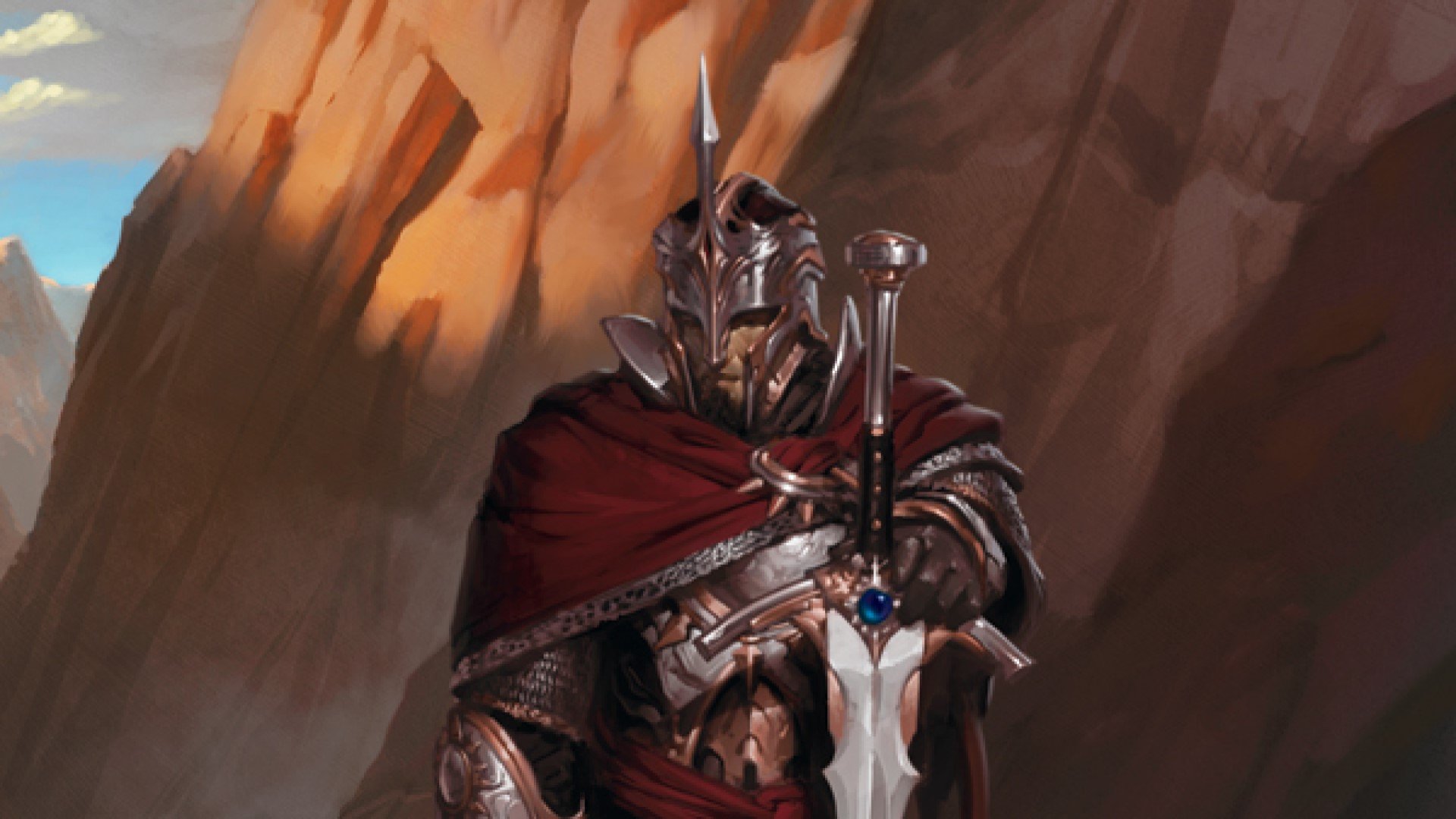
Lawful neutral
Lawful neutral characters follow the rules of their society, and they don’t question whether those rules are morally just. These characters aren’t overly concerned with ethics, instead valuing order and authority above all else. Or perhaps they’re just not brave enough to upset the status quo. Either way, chaotic good characters hate them.
Lawful neutral gods include:

Chaotic neutral
Chaotic neutral characters put freedom and independence above all, regardless of how ethical those things might be in the current moment. They are at the mercy of their own whims, always doing what’s best for themselves at any given moment. They value immense personal freedom, but won’t put that at risk to protect the freedoms of others.
This D&D alignment has a bit of a bad reputation. It’s sometimes associated with the kind of ‘murder hobo’ player who’ll save a village from a marauding army, then steal all its gold, set the inn on fire, shout ‘chaotic neutral, baby!’, and ride off into the sunset. That is a way you can play the chaotic neutral alignment, but be warned that in most games, this won’t get you an invitation to session two.
Chaotic neutral gods include:
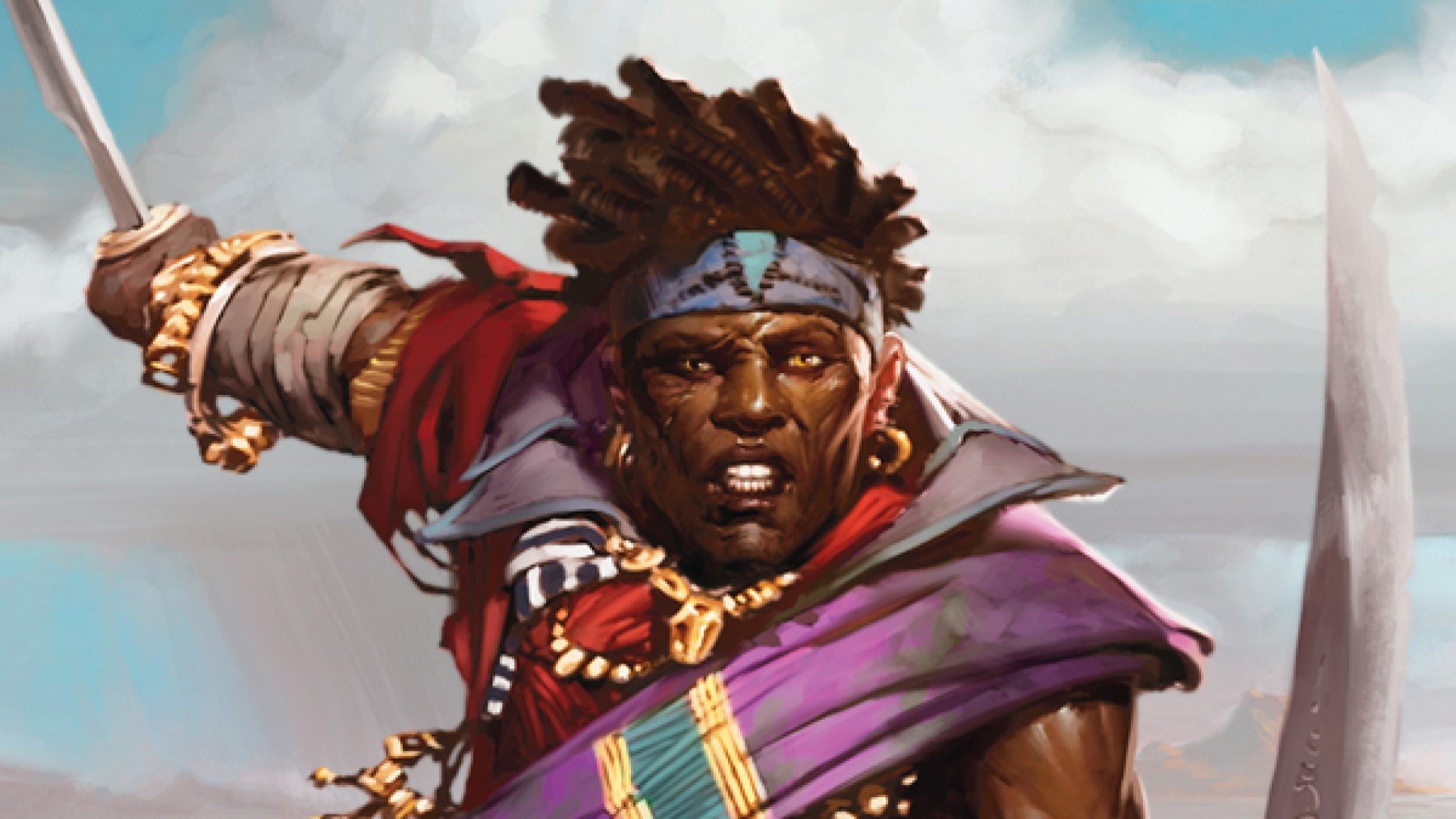
True neutral
True neutral characters don’t feel strongly about any particular moral stance, and they’re not overly lawful or chaotic. The fence-sitters of all DnD settings, true neutral characters aren’t particularly dedicated to stamping out evil, but nor are they especially diabolical themselves. They won’t seek to break the rules but won’t put undue effort into upholding them either.
Which admittedly all sounds a bit grey. What do true neutral characters care about?
Well, most of them are just middle-of-the-road folk, getting on with their lives without worrying about sticking to any kind of strong code. Deep down, we’re probably all a little bit ‘true neutral’. However, there are some characters with this alignment that take their neutrality to a (relative) extreme, determined to uphold a balance between law and chaos, good and evil.
A true neutral character might follow these gods:
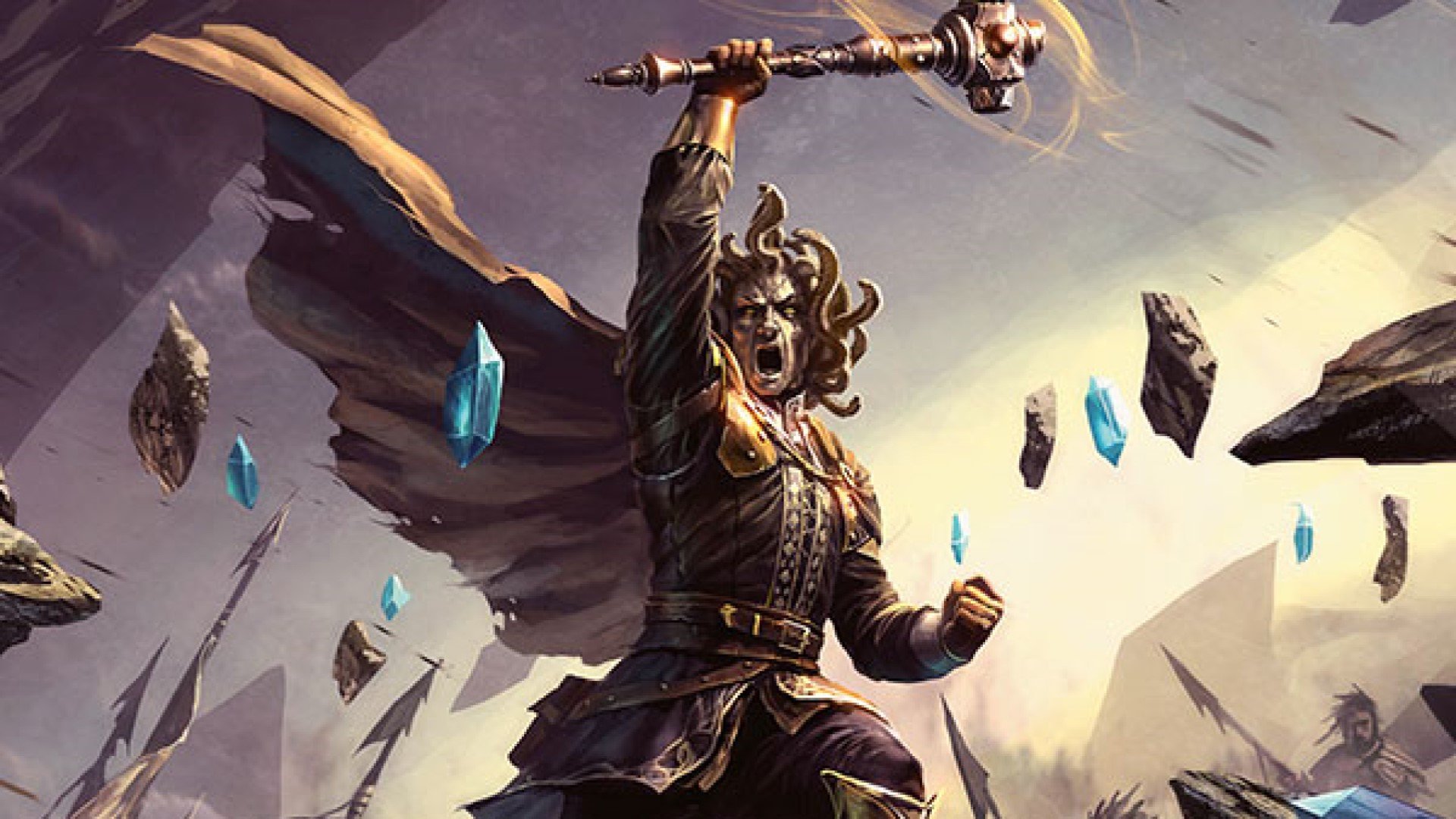
Lawful evil
A character who does whatever they want within the bounds of a certain code or set of laws, not caring about the impact it has on others, is lawful evil. Some lawful evil characters may believe they’re actually good, simply because they’re following the rules. They may uphold the law, but apply it methodically and mercilessly, without nuance, or using loopholes for selfish and destructive reasons.
Other lawful evil characters may know full well that they’re rotten, and seek to dominate and rule in an authoritarian, but lawful, manner. These are likely to be the most dangerous villains of all, combining evil intent with the discipline and organisation to achieve their aims.
Lawful evil gods include:

Chaotic evil
Chaotic evil characters have selfish goals, and they don’t care what they have to do or who they hurt to achieve them. The alignment most in line with the cackling maniacal supervillain, chaotic evil is a difficult alignment for a player-character to take.
That’s because chaotic evil characters don’t play well with others, even those who share this alignment. Cruel and perhaps sadistic, they probably perform evil acts simply for the sake of it, and for their own enjoyment.
A chaotic evil character might worship one of these gods:
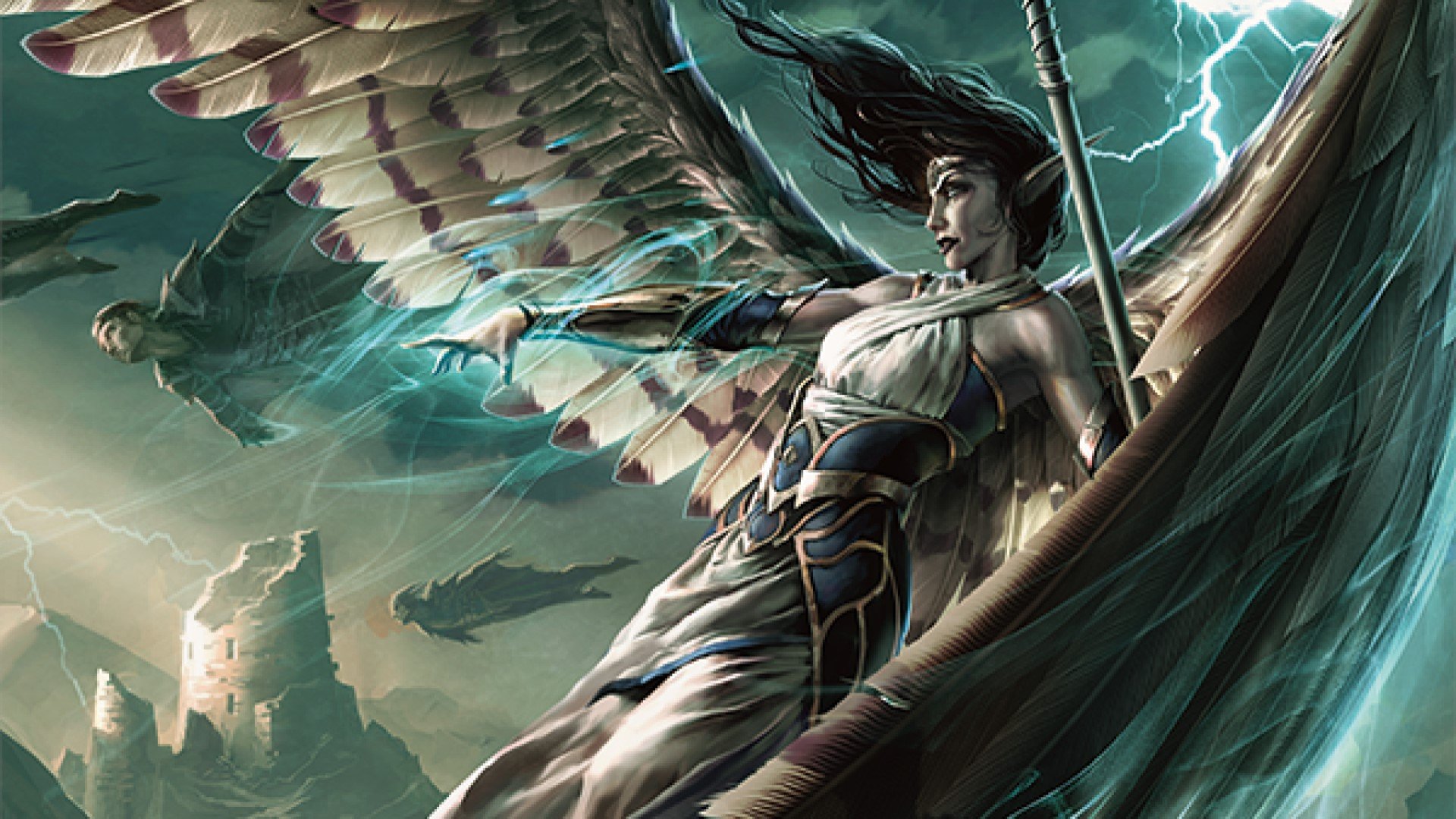
Neutral evil
Above all else, a neutral evil alignment means selfishness, doing whatever wrongs one can get away with no hesitation and no compassion. A character that has a neutral evil alignment is not tied to any kind of code like a lawful evil character, but is also not wantonly destructive or bloodthirsty like a chaotic evil one. They’re simply committed to evil.
Neutral evil gods include:
What’s the rarest DnD alignment?
According to statistics released by D&DBeyond in 2019, chaotic evil is the rarest D&D alignment for player-characters. This makes a lot of sense. As we said above, chaotic evil characters are the most selfish of all, and they make unpleasant party members. Dungeons and Dragons is, at its core, a cooperative team game, which makes chaotic evil characters very impractical.
D&DBeyond’s statistics show that the most common D&D alignment is chaotic good. This is closely followed by chaotic neutral. These options also make a lot of sense, when you think about it. Most adventurers live slightly outside of society’s rules, and they must be prepared to try pretty much anything to save the world (or loot a tomb).
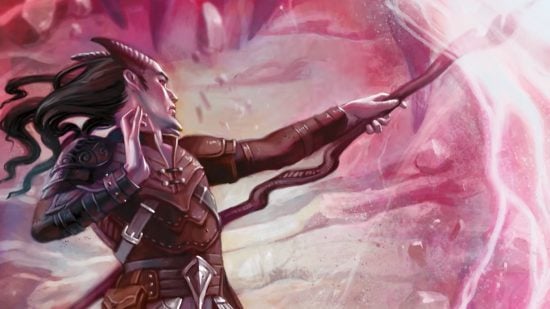
D&D alignment test
Need some help choosing your alignment? Here’s a two-part D&D alignment test that can help place your character’s moral compass. First, we’ll test where your character stands on the scale of lawful vs chaotic. After that, we’ll figure out whether they’re good, evil, or somewhere in between.
Lawful vs chaotic
A. What was your character like when they were at school?
- Teacher’s pet
- Class clown
- A nobody who kept to themselves
B. Who is your character most likely to turn to for advice?
- An official figure in my society that I respect
- A close friend who knows how I think
- Multiple people, so I can get a variety of perspectives
C. How does your character feel about religion?
- Everyone should worship someone – there’s a god for everybody out there
- Religion is just another way to control people, and I won’t take part
- I’ll worship a god if there’s a proven benefit to doing so
D. What’s your character like when they’re on holiday?
- I plan a careful itinerary that helps me get the most out of the trip
- I don’t plan at all and see where the moment takes me
- I make a loose plan, but I’ll change it if something better comes along
E. Your character finds a lost wallet – what do they do?
- Take it straight to local law enforcement.
- Try and find the owner myself – or keep it if I really need the money.
- Keep it, but only if no one sees me pick it up.
Results
- Mostly 1 – Lawful
- Mostly 2 – Chaotic
- Mostly 3 – Neutral
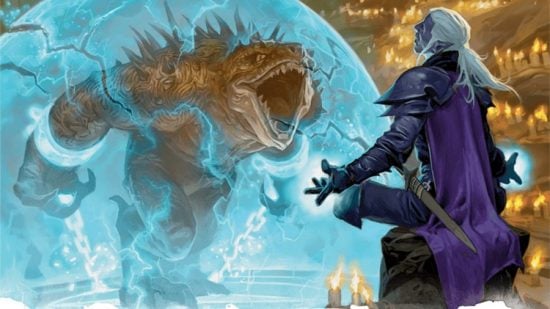
Good vs evil
A. How does your character feel about violence?
- I only resort to violence when necessary
- I take pleasure in hurting others
- If the person deserves it, I’m okay with them getting hurt
B. If your character became filthy rich overnight, what would they do first?
- Donate to charity – I can use my money to make the world better
- Don’t tell anyone, and buy the biggest mansion I can find
- Buy myself something nice, and then give some money to my loved ones
C. Your companion runs out of rations on the road – what do you do?
- Share mine, even if there won’t be enough for me
- Let them find their own food
- Share if I have enough, but there’s no point making us both go hungry
D. Your character’s place of work is on fire! Who do they save?
- As many people as possible
- Me, duh
- Someone I cherish, if I can
E. If your character became ruler of the world, how did they get there?
- My reputation for good deeds meant I was fairly elected
- I lied, cheated, and killed to get to the top
- Honestly pure luck – I’m really not qualified for this job
Results
- Mostly 1 – Good
- Mostly 2 – Evil
- Mostly 3 – Neutral
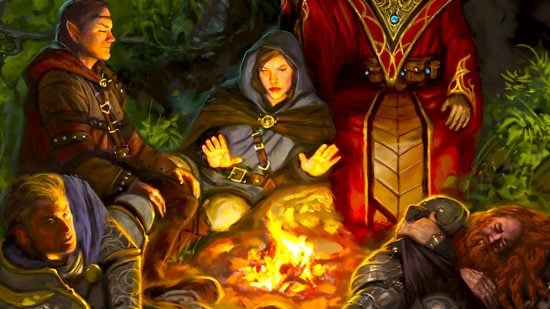
Your D&D alignment is
- 1.1 – Lawful good
- 1.2 – Lawful evil
- 1.3 – Lawful neutral
- 2.1 – Chaotic good
- 2.2 – Chaotic evil
- 2.3 – Chaotic neutral
- 3.1 – Neutral good
- 3.2 – Neutral evil
- 3.3 – True neutral
Need help fleshing out your character further? Here’s everything you need to know about DnD backgrounds. Or, for more crunchy character options, here’s DnD feats explained.
